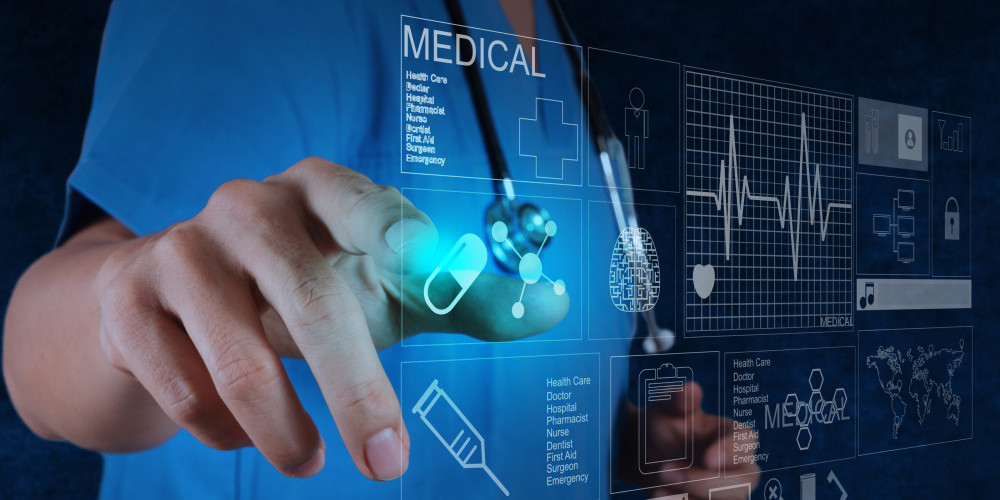The possibilities of introducing personal movement data into the Internet of Things (IoT) are as incredible as they are varied. With a basic IoT system, users can add both hardware and the ability to interact with any device connected to the Internet.
A favorite example of the idea is easily sampled: a script (using a service like IFTTT that allows users to create chains of simple conditional statements) would allow a color-changing light bulb (the Philips Hue, for example) to indicate whether or not a user has reached their daily goal on their fitness monitor (Fitbit or Apple Watch), signaling with a green light for yes and red for no. Taking this example further (and into the hypothetical), a fairly simple hardware mash-up could prevent late-night ice cream binges by locking the freezer if a minimum number of calories have not been spent before 8pm.
The myriad of connected health-related devices that will be part of our lives (if they aren’t already) gain ever-increasing value to our overall health as they share their data with each other. Combining this data with a fitness regimen could provide fitness instruction that is adjusted in real-time for the individual, monitored and updated by an artificial intelligence (AI) designed for the purpose.
 Benefits of connected fitness could range far beyond cause-and-effect scenarios. Monitoring the well-being of patients by physicians, loved ones, and caregivers is a tremendous industry that has begun to see the benefits of the Internet of Things. Connected devices that dispense pills at the appropriate times also remind the patient to take their medication and alert others if the prescription is not followed.
Benefits of connected fitness could range far beyond cause-and-effect scenarios. Monitoring the well-being of patients by physicians, loved ones, and caregivers is a tremendous industry that has begun to see the benefits of the Internet of Things. Connected devices that dispense pills at the appropriate times also remind the patient to take their medication and alert others if the prescription is not followed.
Some of the physical health of our bodies is a matter of physical effort and intelligent decisions (there are, of course, factors that are out of our control)–as increasing numbers of fitness and health devices become connected, why would we not consider the benefits of letting our intelligent environment assist in our well-being?
thanks for sharing this article